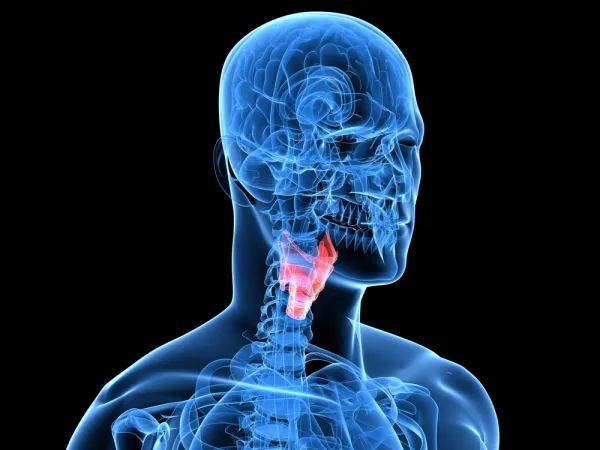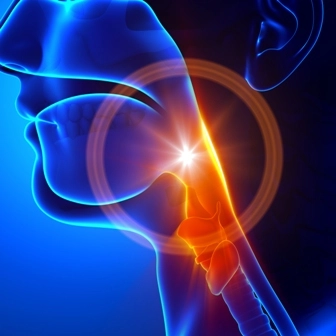General Surgery Coding Alert
ICD-10:
Don't Forget: '2018' Dx Revisions Start October 1
Published on Wed Jul 12, 2017

You’ve reached your limit of free articles. Already a subscriber? Log in.
Not a subscriber? Subscribe today to continue reading this article. Plus, you’ll get:
- Simple explanations of current healthcare regulations and payer programs
- Real-world reporting scenarios solved by our expert coders
- Industry news, such as MAC and RAC activities, the OIG Work Plan, and CERT reports
- Instant access to every article ever published in Revenue Cycle Insider
- 6 annual AAPC-approved CEUs
- The latest updates for CPT®, ICD-10-CM, HCPCS Level II, NCCI edits, modifiers, compliance, technology, practice management, and more
Related Articles
Other Articles in this issue of
General Surgery Coding Alert
- ICD-10:
Don't Forget: '2018' Dx Revisions Start October 1
Ensure future ‘quality’ pay with accurate diagnoses. Your general surgery practice faces a host of [...] - Global Update:
99024 Leads Charge to Capture Postoperative Visits
Reporting is mandatory for few, voluntary for most. When your surgeon sees a traditional Medicare [...] - HIPAA:
Control BAA Breach Problems With 3 Tips
Not every associate is a BA. Your surgery practice’s bottom line is on the chopping [...] - You Be the Coder:
Return Payment for PEG Tube Removal Error
Question: Under an internal audit, we identified a claim for an in-office PEG tube removal by [...] - Reader Question:
Think 'Foreign Body' for Stent Removal
Question: Our surgeon removed a coronary artery stent through a catheter. Should we bill this as [...] - Reader Question:
Check Out CMS QPP Tools
Question: We’re very concerned about keeping up with the latest quality programs to ensure that we’re [...]
View All




